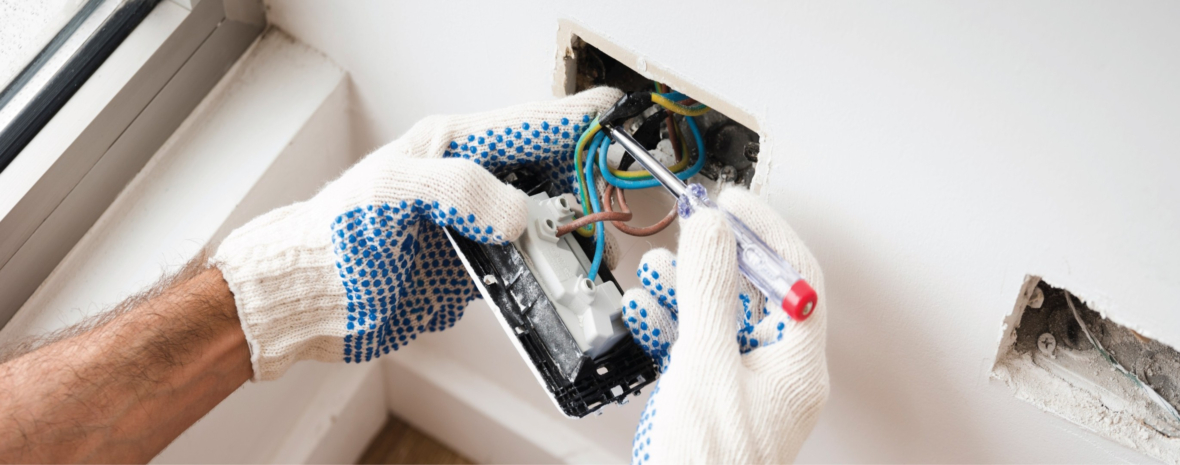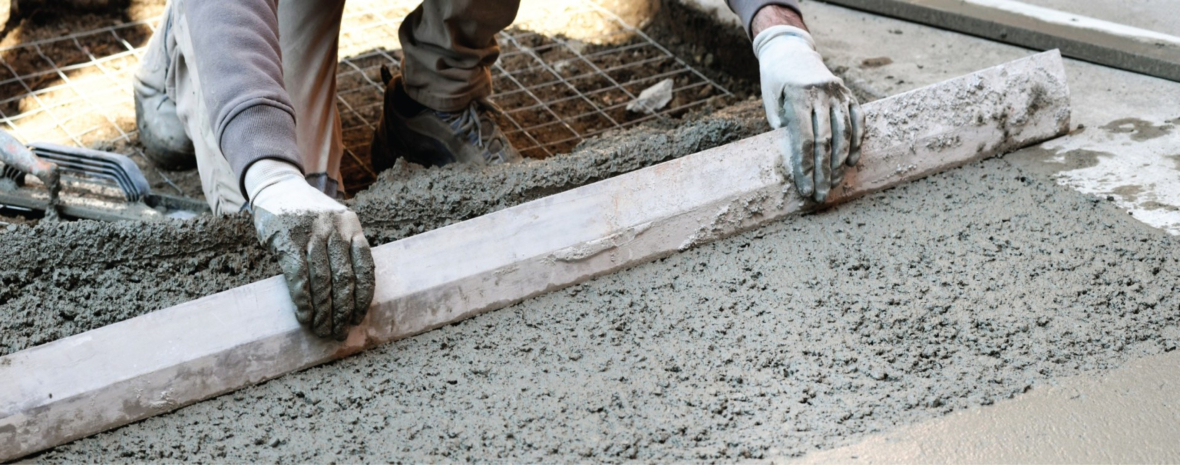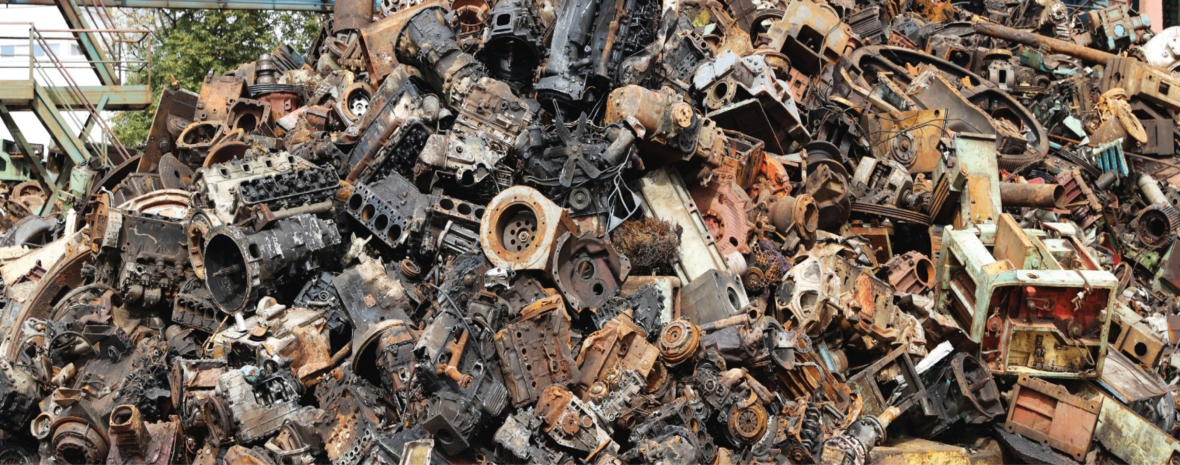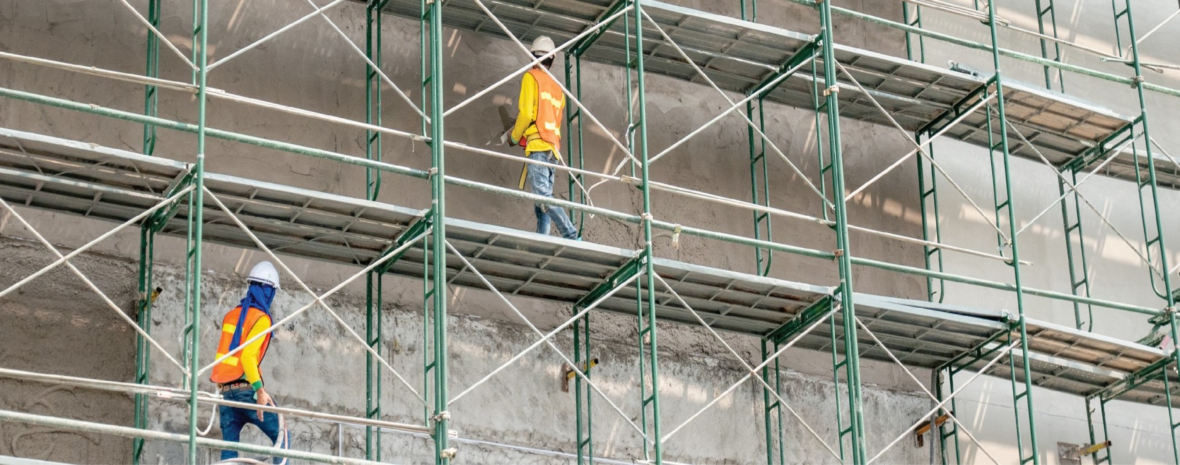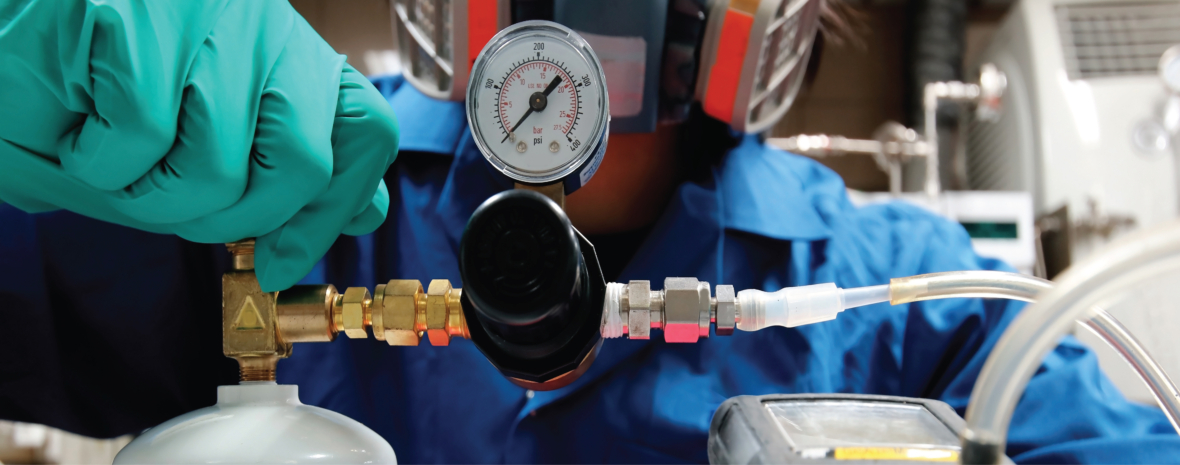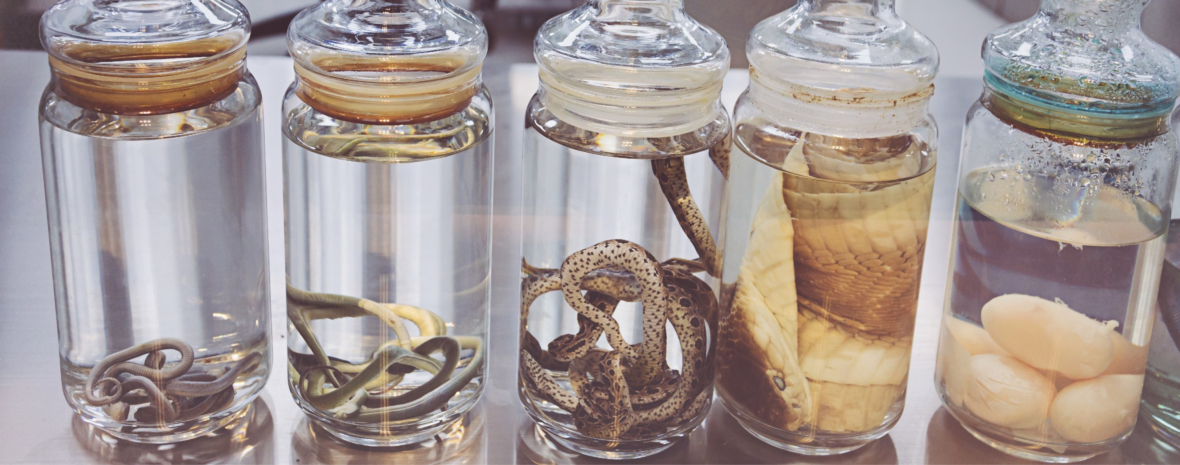We use cookies to make your experience better. To comply with the new e-Privacy directive, we need to ask for your consent to set the cookies. Learn more.
Author: International Enviroguard
Construction Safety: How to Prevent OSHA's "Focus Four" Hazards
While the construction industry is largely responsible for helping move the American economy forward by building the structures that we live, work, and play in, these job sites remain one of the most hazardous working environments. In fact, according to the U.S. Bureau of Labor Statistics, it's...
How to Treat an Electrical Burn
Although electricity is necessary to make modern life possible, it's also perilous when it's not contained. Exposure to high voltage wiring and circuitry can lead to injury and death, particularly for employees who work with electricity.
Safety Precautions for Concrete Work & Required PPE
More than 11 million Americans reportedly earn a living in the construction trades, and their efforts can unknowingly expose them to health risks. Although people entering these industries often view heights, tools, and heavy equipment as obvious safety threats, many of the materials used in cement...
Managing Scrap Metal: What you Need to Know
Scrap metal has considerable economic value throughout the world. But it's also considered hazardous waste and poses many potential health hazards to workers who handle it, produce it, transport it, or dispose of it. For this reason, anyone working within an occupational environment where scrap...
Scaffolding Safety: What You Need to Know
Scaffolding is assembled when it's necessary to work from heights — and anytime workers are performing tasks at elevated heights on a job site, there's the potential for danger. This is why it's important for work sites to follow a variety of scaffolding safety procedures and requirements to...
Gas Calibration: Safety, Storage, and Maintenance
Some work environments come with specific hazards that can affect workers' health and safety. One such hazard can be toxic or poisonous gases, such as chlorine or carbon monoxide. Since these gases are not always immediately detectable, job sites should use a direct-reading portable gas monitor...
Protecting Workers from Formaldehyde Exposure
To say that job sites are full of potential safety hazards would be an understatement. However, in addition to the nature of heavy equipment, tool usage, and other common hazard potential on the site, it's important to not overlook something that may seem less obvious. Gases, for instance, can...
Increases in Refrigeration Facilities Triggers Need for Site-Specific Cold Storage PPE
A wide range of industries place increased emphasis on utilizing cold storage facilities and logistics. In the U.S., cold storage operations enjoyed a market share that exceeded $15.26 billion in 2018. That figure is expected to see a compounded annual growth rate upwards of 3.7 percent through...

